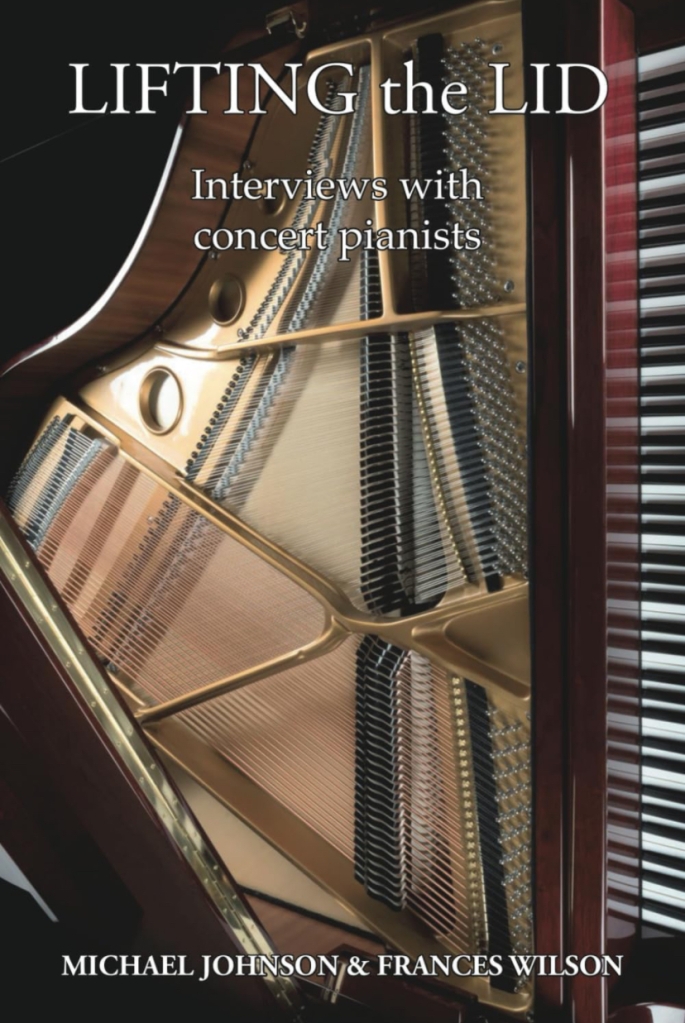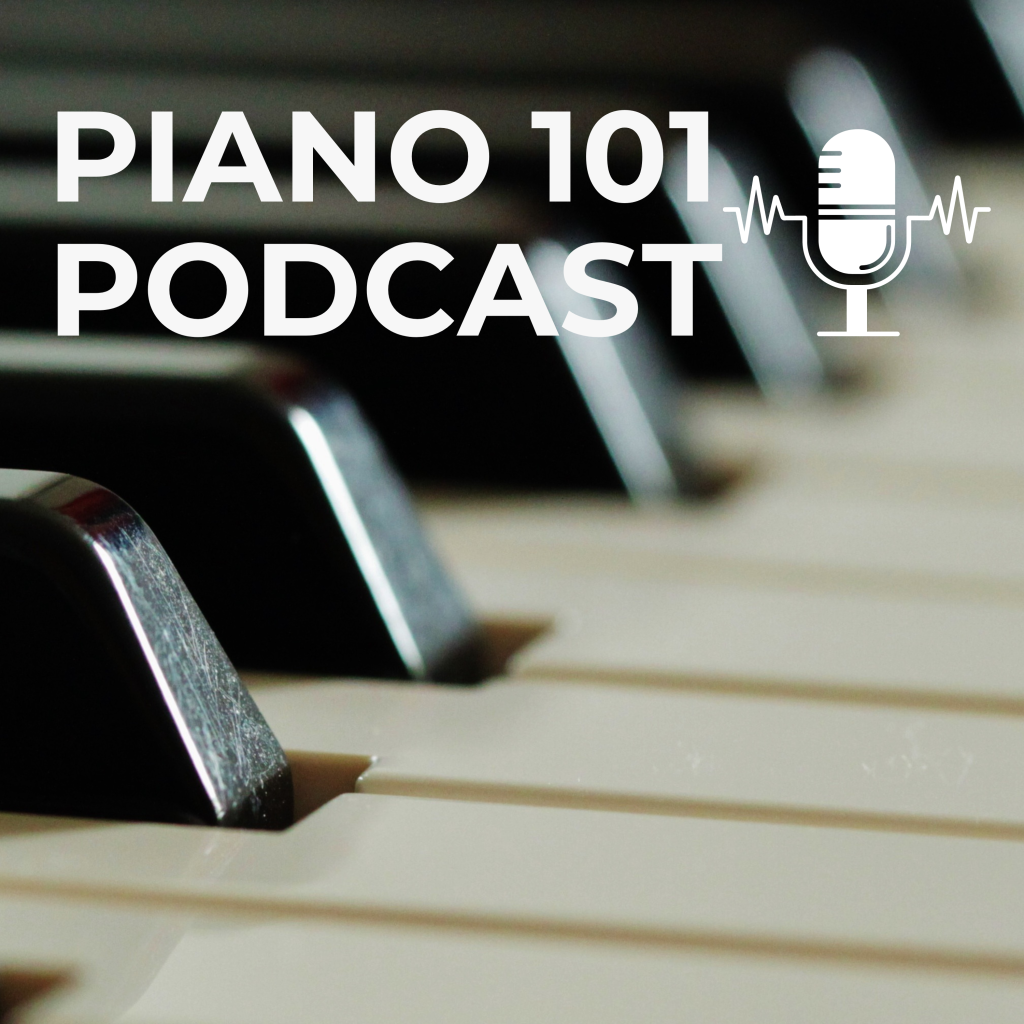PLG Young Artists Spring Series 2017, St John’s Smith Square, 24 April 2017
Joy Lisney, cello
Laefer Saxophone Quartet
Programme:
Gyorgy Ligeti – Solo Cello Sonata
Jan Vriend – Symphonic Dances for solo cello (world premiere)
Richard Rodney Bennett – Saxophone Quartet
Charlotte Harding – Sub to Street, to Scraping the Sky (world premiere)
Joy Lisney – ScordaturA for solo cello (world premiere)
George Crumb – Sonata for solo cello
Giles Swayne – Leapfrog for saxophone quartet (world premiere)
Mendelssohn – Capriccio Op. 81 No. 3 (for saxophone quartet)
The PLG Young Artists Series 2017 at SJSS has a special focus on young artists who are also composers, and the concerts include a number of world premieres by leading composers, as well as young artists performing their own works. A shame, then, that with so much young talent on display, this concert was so sparsely attended. We should be supporting young artists such as these – and composers too, young and old – for by doing so we future proof classical music for the next generation and beyond. Sadly, I suspect the modern and uber-contemporary repertoire, which featured in this engaging programme, was the deal-breaker for most potential audience members – it’s that recurrent “problem” with new music, the anxiety that it will be too esoteric, inaccessible, atonal, discordant, impenetrable….. In fact, this programme contained nothing to offend nor assail the ears, and much to delight and intrigue. There were melodies and lyricism aplenty in all the works performed, and the combination of performers – a solo cellist and a saxophone quartet – made for a varied and interesting evening of music which complemented and contrasted, and all of it was highly accessible, even to the novice listener.
I first heard Joy Lisney at SJSS in 2011. Back then, in her first year at Cambridge, she impressed with her musical maturity and poised stage presence in music by Lutolawski and Chopin. Six years on, she’s now working on her doctorate while sustaining a busy career, as a soloist, chamber musician, conductor of the newly-formed Seraphin Chamber Orchestra, and a composer. This multi-dimensional approach to music making is refreshingly enterprising, but also harks back to nineteenth-century composer-musicians like Franz Liszt and Clara Schumann. And there’s something really special about hearing a composer perform their own music – the sense of ownership is very potent and this was certainly the case with Joy’s work. In fact, as Joy explained in her introduction to her piece ‘ScordaturA’, named after the technique of tuning the strings of the cello out of their usual sequence of perfect fifths, and receiving its world premiere at this concert, she found writing for her own instrument particularly difficult, and that spending time writing at the instrument (rather than at her desk) enabled her to find a distinct voice in the music rather than be too heavily influenced by the other repertoire she plays. Having said that, the work pays homage to the Sonatas for Solo Violoncello by Ligeti and Crumb which she also played – it opens with pizzicato figures and strummed strings, motifs which are found in the sonatas. The Scordatura tuning produced striking colours and timbres, while the bariolage string-crossing technique created some very haunting and ethereal sound effects. After a climactic con moto middle section the work subsided back into the harmonic figures of the opening, its ending enigmatic and uncertain. An intriguing and thoughtful work which sat very well with the other music she performed.
The other work for solo cello receiving its premiere at this concert was ‘Symphonic Dances’ by Jan Vriend, a composer with whom Joy has a long-standing creative relationship. This work is dedicated to her and is redolent of Bach’s suites for solo cello (indeed it references the Suite No. 1 in G) in both its motifs and organisation – a sequence of dances of different meters and distinct characters. The work was delightfully varied, virtuosic but never overblown, engaging, witty, and melodically colourful, with much harmonic, textural and rhythmic interest which the composer employs to drive the impression of “symphonic” writing for a single line instrument. The work gave full rein to Joy’s formidable technique while also demonstrating how such technique should always serve the music. This is clearly the type of music she relishes – she’s very alert to rapidly shifting moods, contrasting motifs, expansive writing and technical challenges – and her enjoyment was evident: this was playing suffused with style and energy.
Similarly, her approach to the sonatas by Ligeti and Crumb demonstrated an ease with this type of repertoire. The Ligeti was wonderfully voiced, with a clear sense of dialogue between melancholy phrases and questioning pizzicato chords, and it proved an impressive opener to the concert. Both the Ligeti and Crumb draw inspiration from folk melodies of their native countries, the innate lyricism and expression highlighted by the warm resonant tone of Joy’s instrument and her sensitive shaping of motifs and phrases.
In constrast to the rather more darkly-hued, melancholy works (with the exception of the Vriend) performed by Joy Lisney, Laefer Saxophone Quartet (their name comes from the Anglo-Saxon for “reed” and “sheet metal”) presented works more upbeat in character, performed with style and panache. The saxophone is more usually associated with jazz or big band music, but in these works by Richard Rodney Bennett, Charlotte Harding, Giles Swayne and Felix Mendelssohn (arr. Martin Trillaud), Laefer proved the instrument’s importance, and success, in classical repertoire with fine ensemble playing, crisp articulation, contrasting vibrant and warm tones, close interplay between performers, and a sense of wit and playfulness – most evident in Giles Swayne’s ‘Leapfrog’ (2017). In Charlotte Harding’s ‘Sub to Street, to Scraping the Sky’ the buzzing, bustling, honking of New York City is atmospherically evoked: from the baritone sax’s low rumblings to suggest the rattle and grind of the subway trains, to the soaring skyline, lyrically portrayed by the soprano sax.
This was an impressive opener for a week of concerts at SJSS by PLG Young Artists, with all performers revealing deep commitment to their music making in a wide-ranging and very imaginative programme. In fact, these young people are not the musicians of the future, poised on the threshold of their professional careers: they are the musicians of here and now, fully fledged and ready to make their mark on the world. Please go and hear them and support them.







